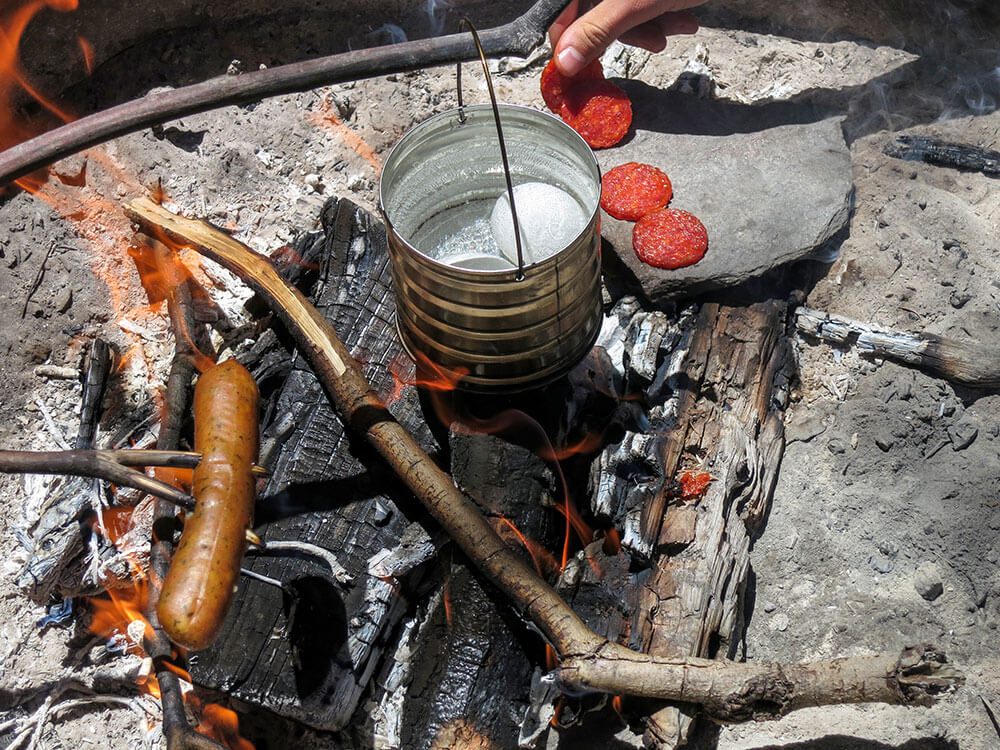10 EASY PROJECTS TO KEEP EVERYONE BUSY ON FAMILY CAMPING TRIP
By far, one of the most popular types of vacations, especially among families, is a beloved American pastime known as the camping trip.
One of my favorite books is “Camp-Lore and Woodcraft” by Daniel Beard. He covers just about everything needed for a successful camping trip that was available—back then. He also wrote it expressing his hope to rekindle the love for family camping and the skills that went along with it, especially in youngsters who he felt were straying away from the outdoors. This book was published in 1920.
Whether you want to simply roast s’mores, day hike, or gaze at the stars, making your adventure with your family special is the ultimate goal. Use these tips to create a list of fun, safe things for family camping.
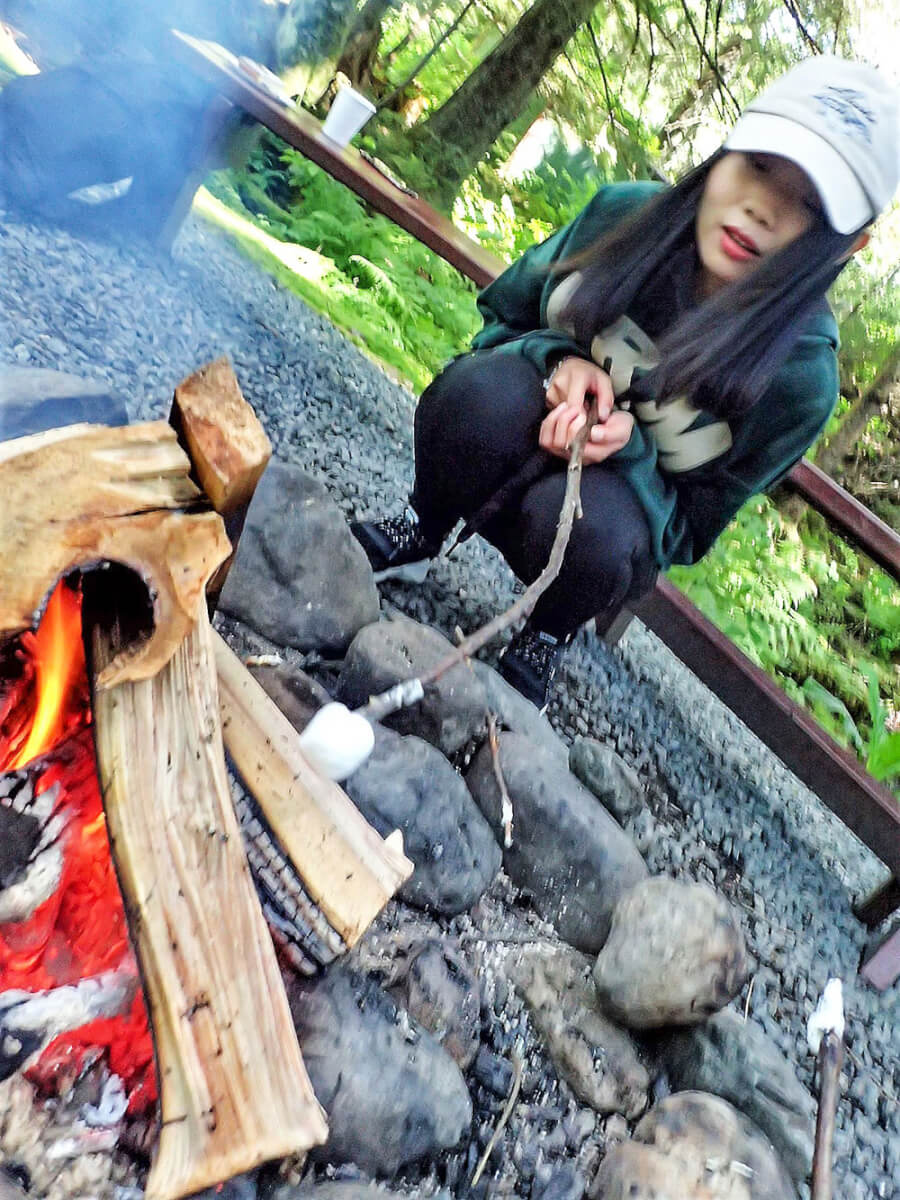
TOOLS NEEDED
Assuming the obvious essentials like sleeping bags, proper clothing, first-aid/survival kits, bug spray, rope (cordage), medication, food, and a tent are taken care of, make sure to pack necessary food preparation items, namely knives and a cutting board.
Kitchen knives are the obvious choice, but to transport them safely, they need to be in a sheath. This is why so many good camp sheath knives are available. If you don’t have one, however, you can transport kitchen knives in a hard plastic container.
“Want to practice survival skills or roast marshmallows over an open fire? You’ll get your chance when you go family camping.”
As for cooking, keep it simple. A cast iron skillet, kettle, and boiling pot will suffice for a weekend in the woods. Don’t forget silverware or you’ll really be getting back to primal roots. Plastic bags will be your friend. They have hundreds of uses and will keep camp a little more organized and offer safe haven for keeping things dry.
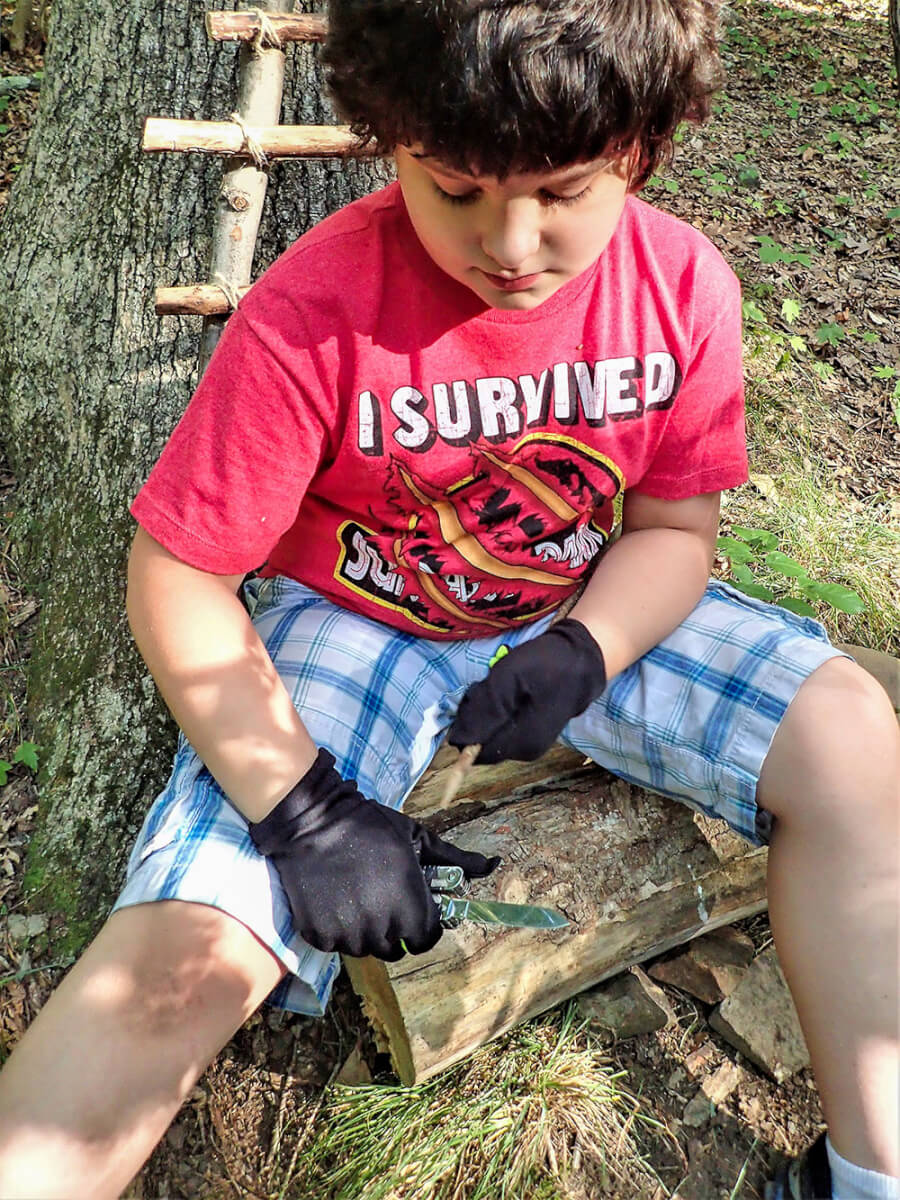
Tools will be important. Sheath knives, folding knives (such as Swiss Army knives), a hatchet for splitting firewood, and small folding shovel will do you right. I’d omit large saws for established camps because most campgrounds sell pre-cut wood and don’t allow cutting trees. If your family is a bit more into primitive campsites and backcountry family camping, bring a folding saw.
Bring whistles for everyone young and old—something they can wear around their necks. This is a must in a car camp or backcountry camp. A whistle will carry farther and longer than the human voice. Just remember “three” is the universal distress signal.
Last, yet most important, is your sense of humor. Things may not go according to plan or come out right the first time—that’s perfectly fine. This is when you’ll have to laugh at yourself (or someone else) to get through the situation. Most likely you’ll all find it funny years later. It’s all part of the experience.
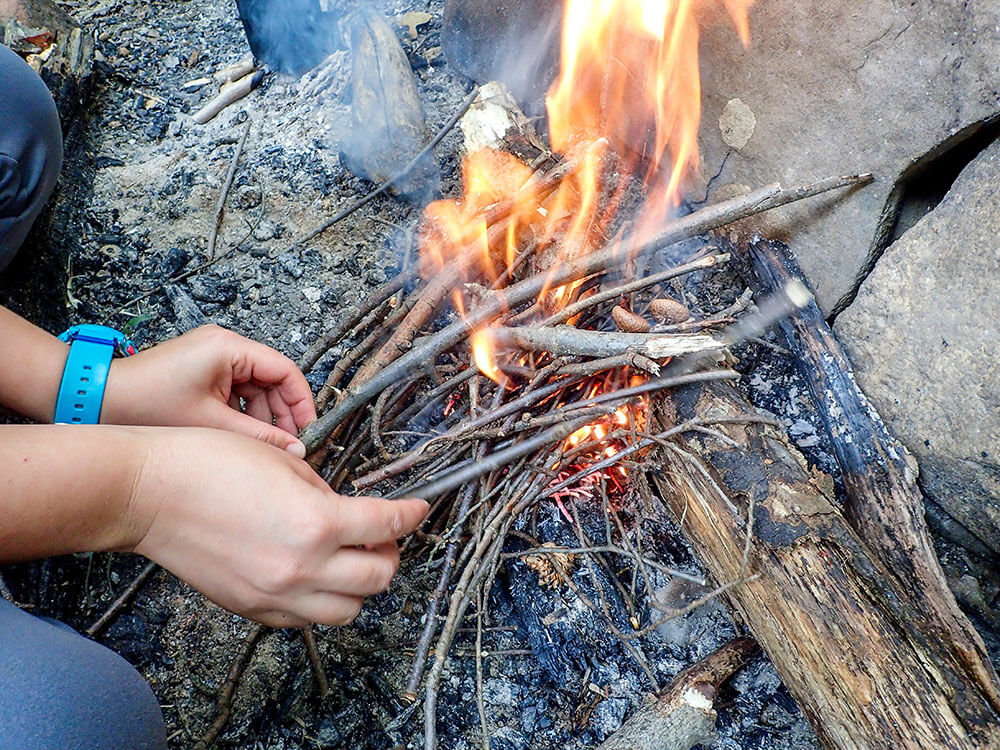
KIDS AND KNIVES
Safety is first when it comes to sharp tools. I’d suggest parents/grandparents/guardians take the lead in deciding who gets a knife and for what. Also, make sure you are knowledgeable in advance. There are many tutorials, articles, and videos on this matter—use them.
“It’s more than likely that a spatula or other utensil will be forgotten at home. A fun camp project could be to make your own.”
Nothing will change the tone of a trip like an injury. Make sure nobody cuts toward themselves or uses their leg or shoe as a cutting platform. Practice keeping a fist (forward) grip with thumbs off the spine. This gives uneven pressure and is especially unsafe when using a non-locking folding knife.
Watch out for anyone cutting inside the blood triangle, in between legs and near arteries, or anywhere on top of their legs.
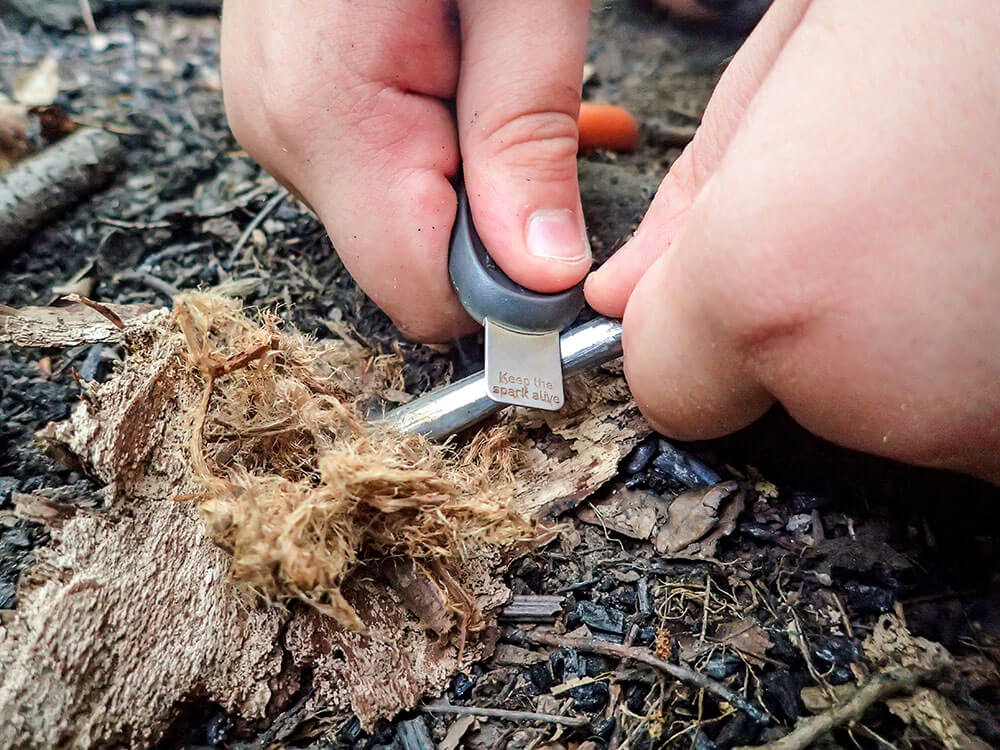
Safety with folders and fixed blades is something to be aware of at all times. Swiss Army-type knives have a moving part at the blade joint. Both opening and closing them create opportunity for potential cuts. It should be done slowly. Fixed blades have no moving parts. So, in a way they can seem safer.
Folding knives with a lock need some practice. There is still the chance of cutting yourself when disengaging the lock mechanism. Parents: Consider the skill and attention levels of every minor handling potentially dangerous tools. Choose wisely and practice slowly.
Roasting Sticks
For hot dogs and marshmallows, a fun easy way to make something useful and get some knife skills practice is to make a roasting stick. Putting a point on a stick is about as basic as it gets.
Simply cut into the end of a stick at an angle while rotating the stick. When cutting, keep the forward grip, using short cuts rather than hard, long slices until the desired sharpness is achieved. Get everyone involved in making their own, putting their own signature on it. This is a great family activity.
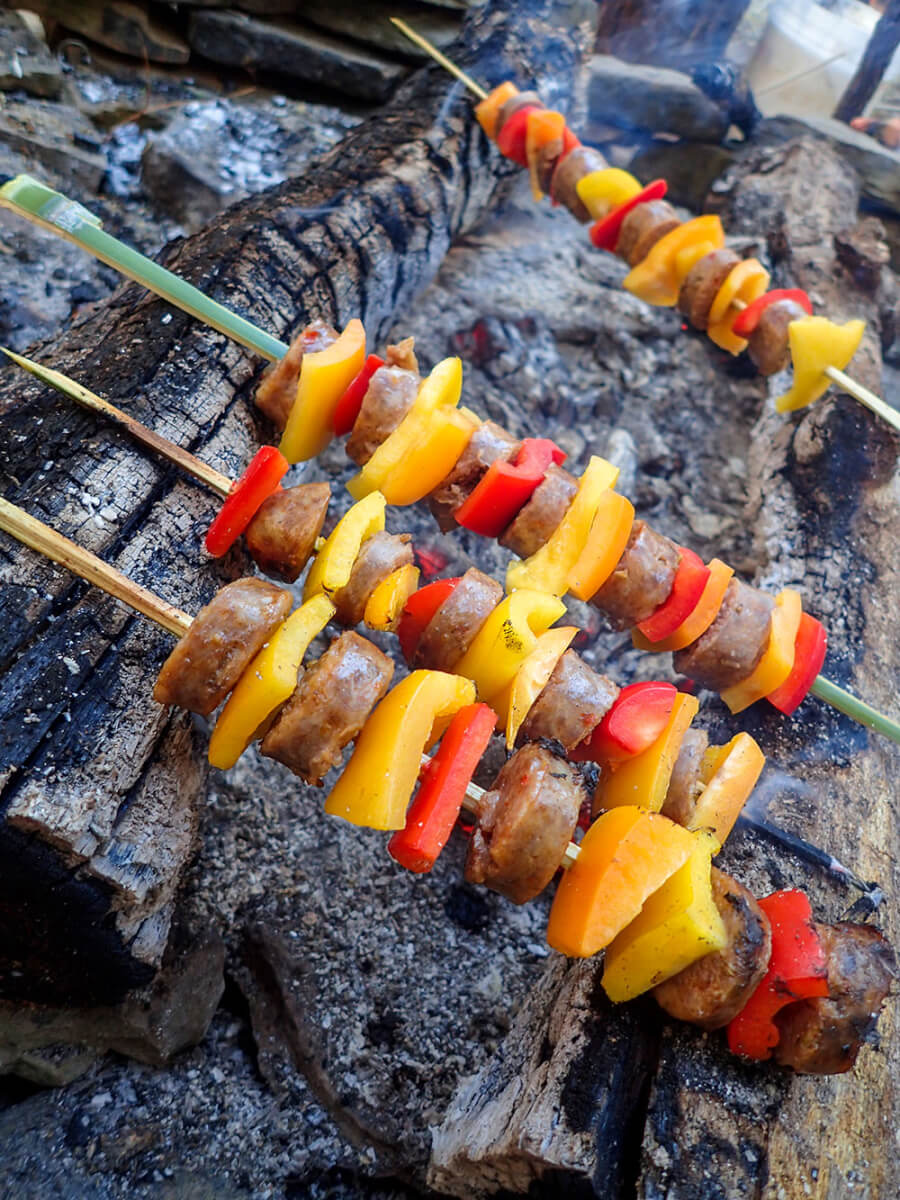
Stakes
Having a couple extra stakes is always good idea. They are easy to make with a pocketknife or fixed blade. Locate a relatively straight stick, about thumb-thickness, and about 7-12 inches long.
Dry hardwood or green wood can be used. Establish the top portion: Look for knots and natural offshoots you can use to form a notch around. Save the smoothest end to go in the ground.
Either make a sharp point like for a roasting stick or just a chisel end for really hard ground. The top part will need a 7-notch made by pushing a 90-degree cut in the stick just about thumb width from the top.
This will be your stop-cut. Either tap the spine of the blade nearly halfway in with the help of a baton stick, or just roll the stick against the blade to create the desired depth.
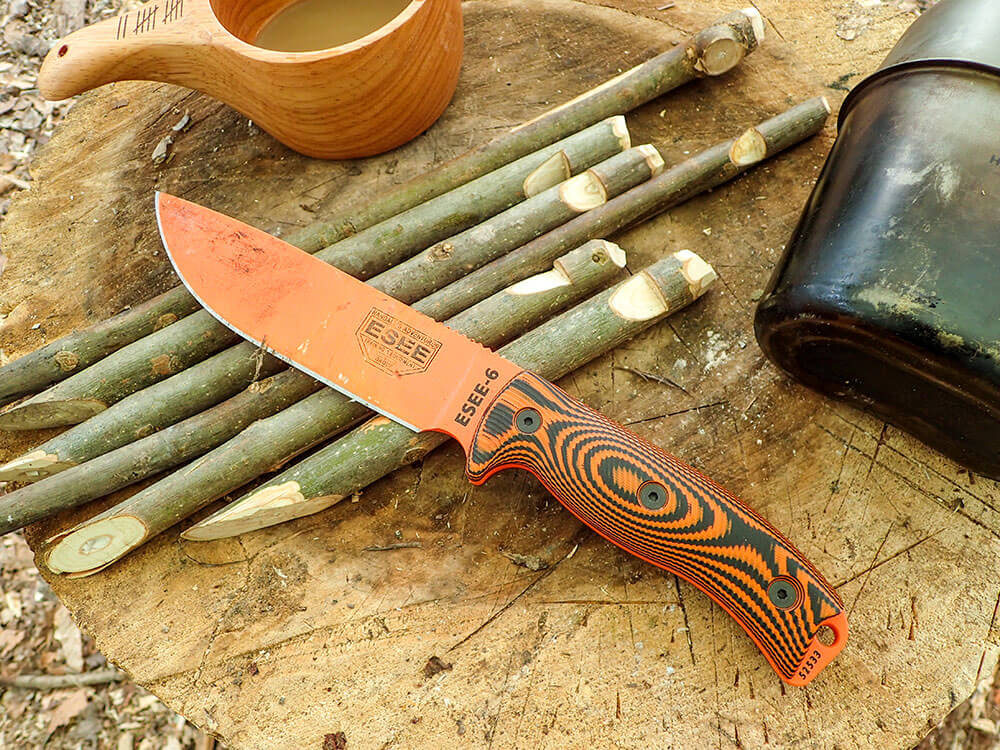
Next, gently carve towards the stop cut until there is ample room to attach cord. Last, chamfer (bevel) the top enough to aid in preventing the top from splitting or mushrooming too much when pounded in the ground.
Throwing Stick
Often called a rabbit stick for throwing at small game, it’s a Native American hunting tool as well as a fun pastime when aimed at cans. This type of stick is easily made with a piece of dead wood about arm length or a little shorter and about wrist thick. It should have a slight curve as well.
One end should have a flat chisel end and the other should be chamfered as rounded as possible. You now have a throwing stick and digging stick, two in one. Simply throw the stick low to the ground, in a whipping, side motion. You’d be surprised how easy it is to become good at hitting a target. You can make it family contest with a prize.
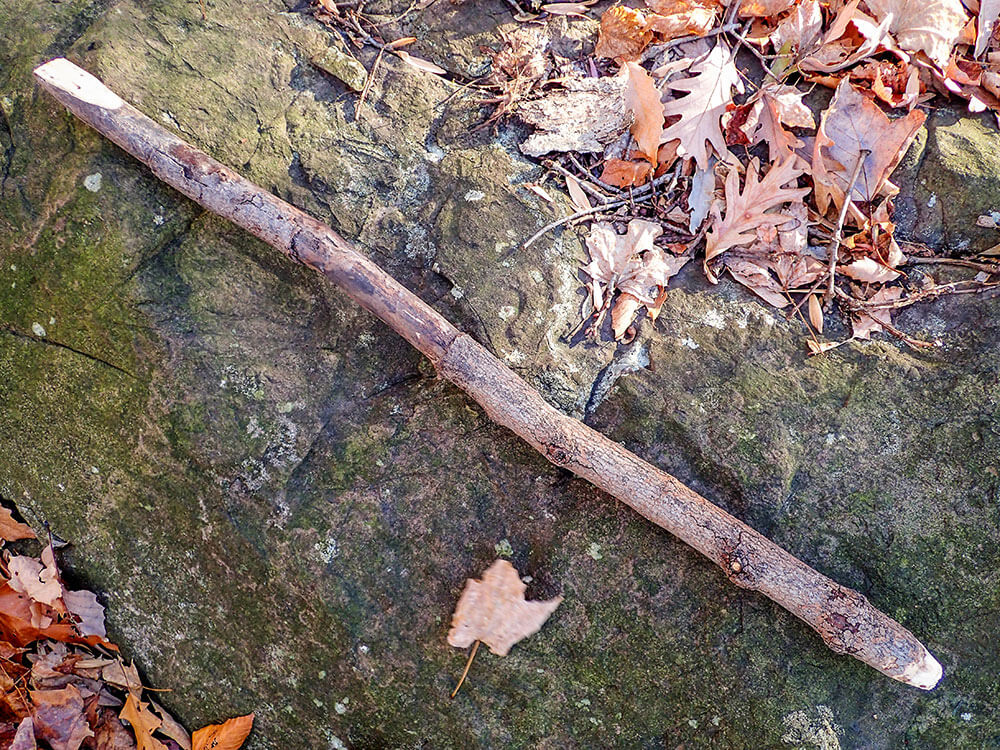
Grill
A hand grill for toasting buns, bagels, or roasting sausages can be made with a knife fairly easily. Start with a thin, green Y-branch with long ends. Trim smaller twigs until they are easy to pull in toward each other and intertwine them forming a hoop.
The more they can overlap the more opportunity it will hold together. Cut four to six thin sticks and work them in, wedging and overlapping until an even grill surface is achieved. This takes some rearranging to get the right fit, but it is exciting to be able to cook over coals with a handcrafted camp grill.
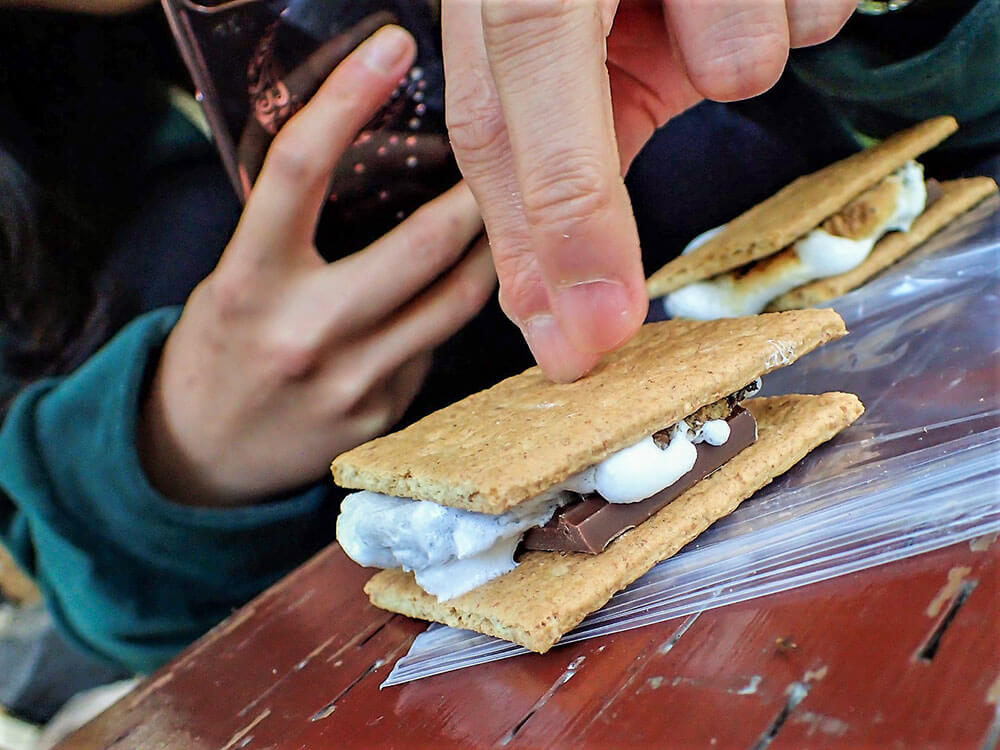
Whittling
The key to many fun camp crafts is whittling. The easiest way to start whittling wood is to find a stick or piece of wood and start slicing away. Taking all necessary precautions, practice making kindling for a fire and going a step further making tinder, which should be thinner and curlier.
Find the straightest stick or split of wood possible. A piece with a slight curve will work as well.
“…it is exciting to be able to cook over coals with a handcrafted camp grill.”
While holding the knife in a fist grip, start making a slice using the part of the blade closest to the handle. Lock your arm straight or in a slightly bent position and when you feel the blade barely slicing into the wood, draw forward, and steadily. Definitely a learning curve with this technique and well worth the time.
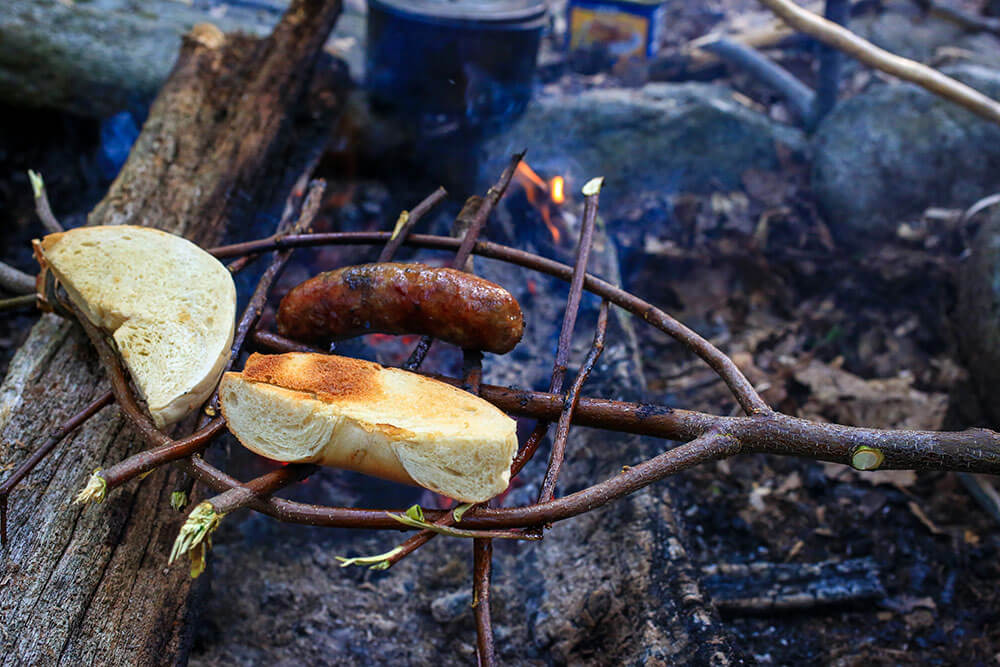
Spatula
It’s more than likely that a spatula or other utensil will be forgotten at home. A fun camp project could be to make your own. A simple camp spatula can be carved from a split piece of wood, about the width of a hand, whittling the thickness down to be able to get under and scoop up food.
A simple handle shape can easily be carved to match the width of your thumb for function. This is a good activity for sitting around the campfire. Make the same spatula on a much smaller scale for a coffee or hot chocolate mixer.
Shell Spoon
For beach campers, an easy spoon can be made with a seashell and stick. If materials are available, a medium-large shell can be inserted into a split stick, forming a natural spoon. Cordage can be attached using a whipping knot to secure the shell tightly and prevent the handle from splitting further.
Minimal knife skills are all that’s needed to split the stick. Once you get a decent shell, keep it in your kit and make a new handle, allowing you to practice.
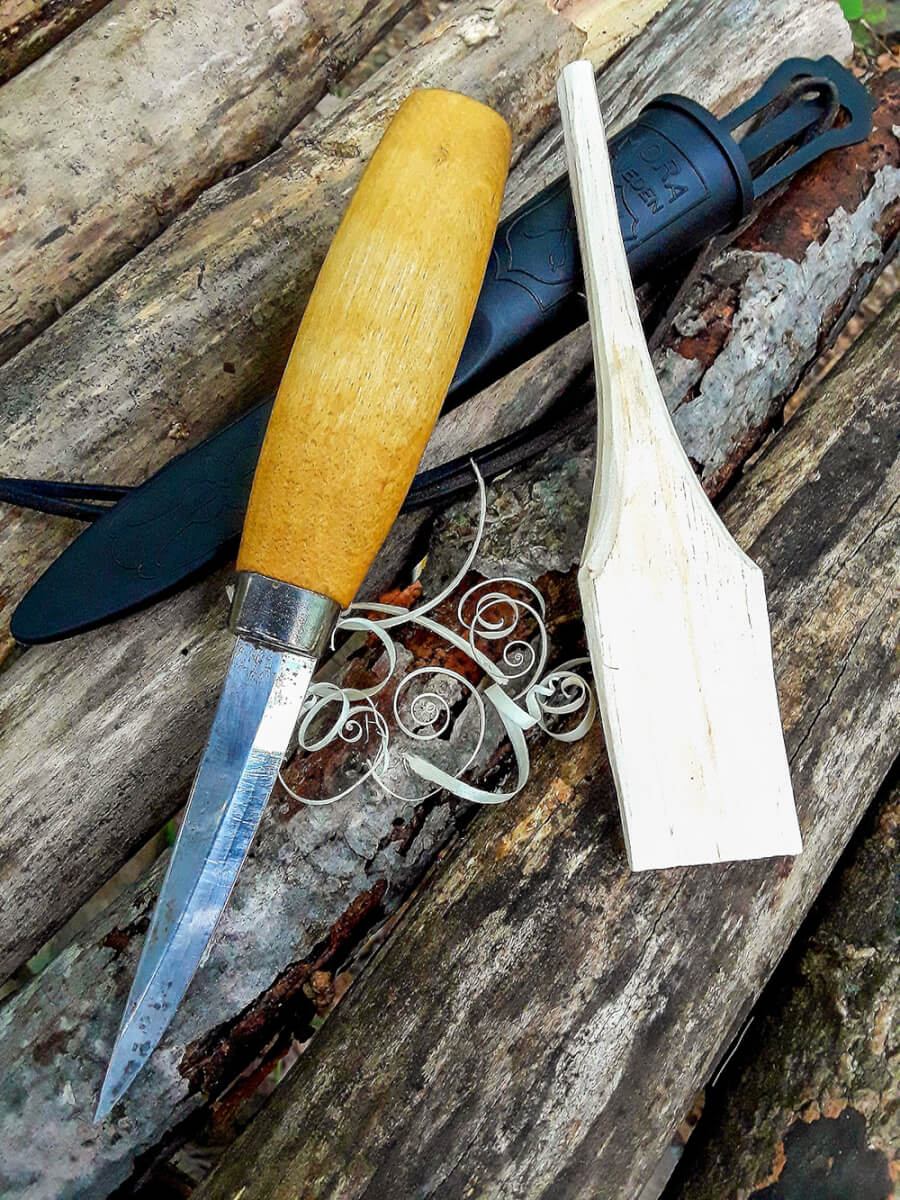
Tongs
Super easy to make and an all-time camp hero, tongs will rescue food that may otherwise be sacrificed to the fire gods. A straight stick is needed, about forearm length or more and at least broomstick thick. One end needs to be split down the middle with a knife blade in a safe manor.
Using a light baton, tap the back of the knife (spine) into the wood, split and continue working the knife down about two-thirds down the length of your stick.
Use a small, thin twig and roll it in the split to keep the tongs open. Make adjustments as needed for tension with different twigs. Attach a small length of cordage (using a whipping knot) to the end of the split to prevent it from splitting further.
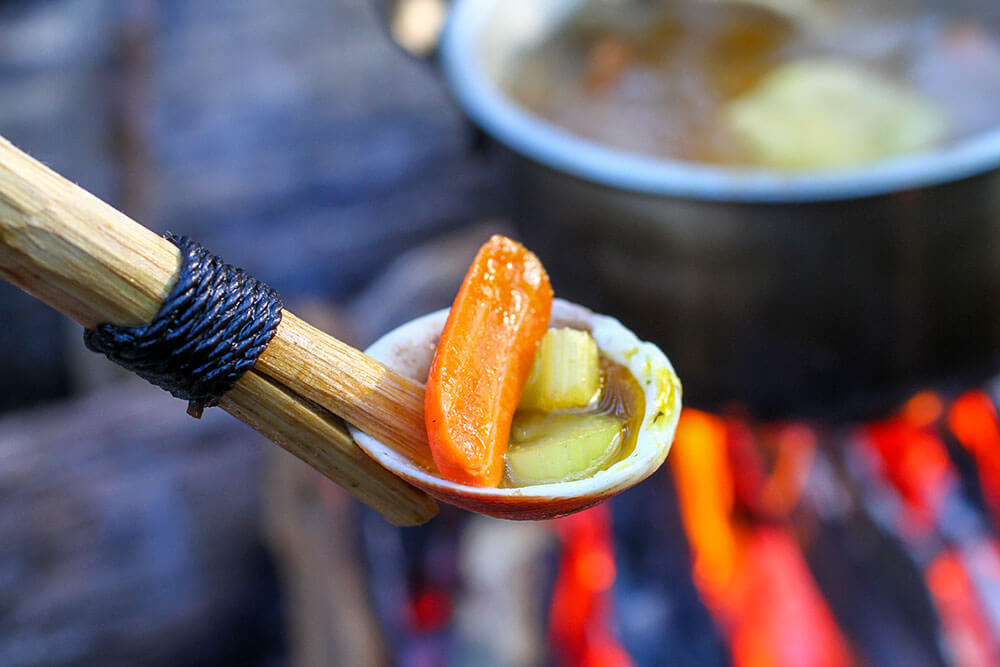
Pot Hanger
If there is a place to hang a pot/kettle with a bale above the campfire, making a potholder is a fun activity. Definitely more knife involved, it can be done with either a folding knife or fixed blade.
Use whatever green, stout, flexible wood is available. Cut a stick (via baton or Swiss Army knife saw) that has a natural fork/offshoot from the main branch about 3 inches from the junction, and leave several inches of wood lengthwise on the main, straight section to hang.
The stick is inverted so the fork hangs on the support stick or other system. At the opposite end of the stick, a notch is carved by using a knife to lightly baton an X into the green wood, about 1 inch from the end. Carve out the top section, down, so that it creates a bird’s beak shape in which the pot bail will hang from.
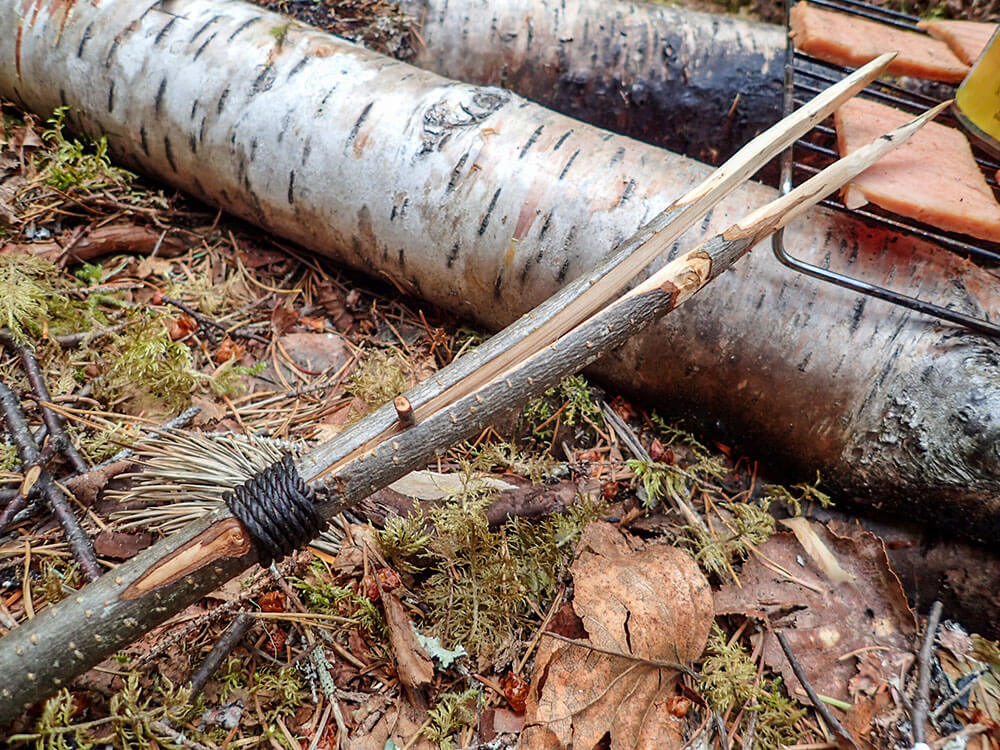
Campfire Cooking
I am from the school of thought that a campfire cook setup is the heart of a happy, successful camp—a family activity all its own. Fire has magnetic powers that fascinate children and adults alike.
This is a great time to delegate tasks, better yet, call them camp missions. Plastic bags in hand, one gathers small dry kindling, one gathers pencil- to finger-thick twigs and so on. This is a good time for the grown-ups or older members to split firewood with a hatchet, which isn’t always necessary.
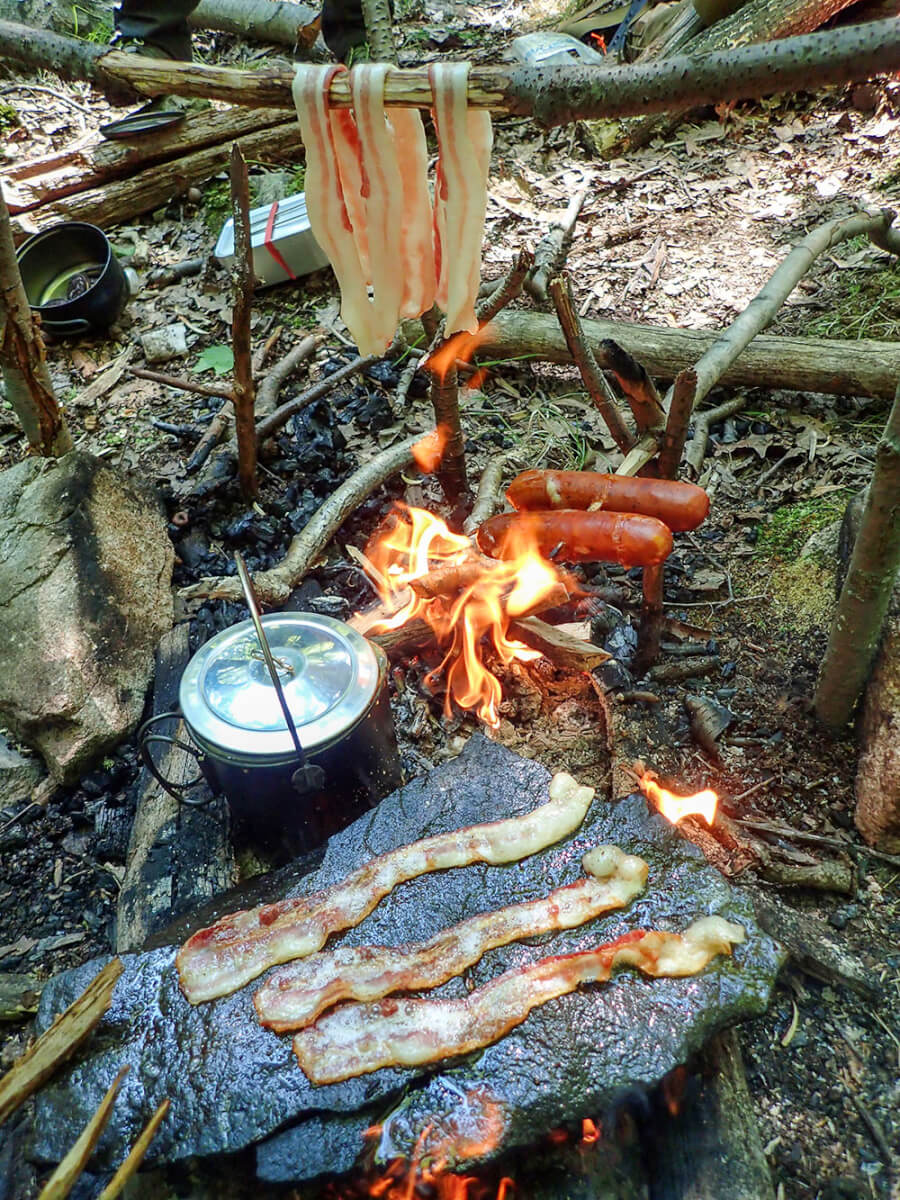
Here are some pro tips: Safely back your work up with a stump or other solid firewood. Be aware of the follow through at all times. Hatchets can often injure a knee or shin on the follow through from glancing blows.
It is always safer with a hatchet or short handled tomahawk to kneel down with the work in front of you. Sunglasses or safety glasses will keep your eyes safe from sharp chips that will undoubtedly be airborne when splitting. Always keep a safe, parallel plane to the wood/stump when splitting or chopping.
Everything seems to taste better in camp. Time to put it all together, collect all the wood shavings from whittling, get those roasting sticks, and use any new utensils or crafts you made. Make things simple.
Use fire to boil and charbroil. Cook in a cast-iron skillet over hot coals, or bake potatoes in the coals while roasting kabobs. Pop open cans of chili or baked beans, and set them in hot coals to cook without dirtying up other cookware.
Pour some cheese and green onions inside and mix. It’s ok to be messy here. Toss a small metal grill over coals to cook corncobs, burgers, hot dogs, and Spam. If you are feeling more primitive, use a large, flat rock to cook on, especially when backcountry family camping. Make it easier on yourself. Besides—you’re on vacation.
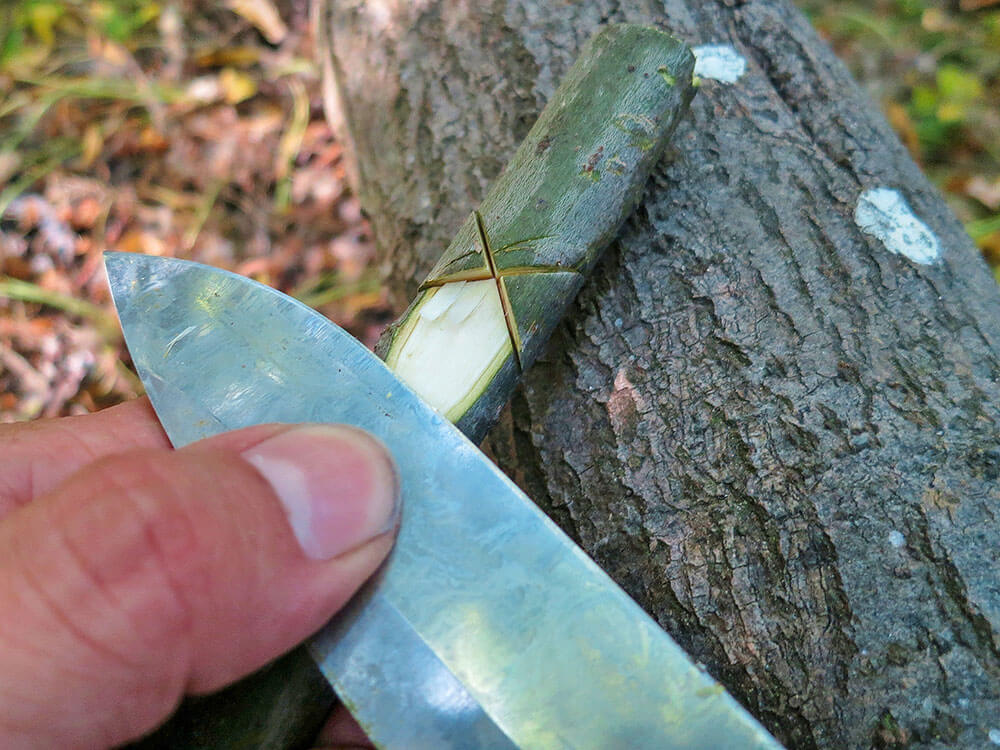
UNPLUG
Want to practice survival skills or roast marshmallows over an open fire? You’ll get your chance when you go family camping. Whether you want to go fishing, swimming, or simply look up at the stars at night, or sleep under them, there are ample opportunities to learn, explore, and make amazing memories.
Family bonding will happen naturally, there’s no doubt about it, during this type of vacation. Unplug, get out there, and enjoy the fresh air.
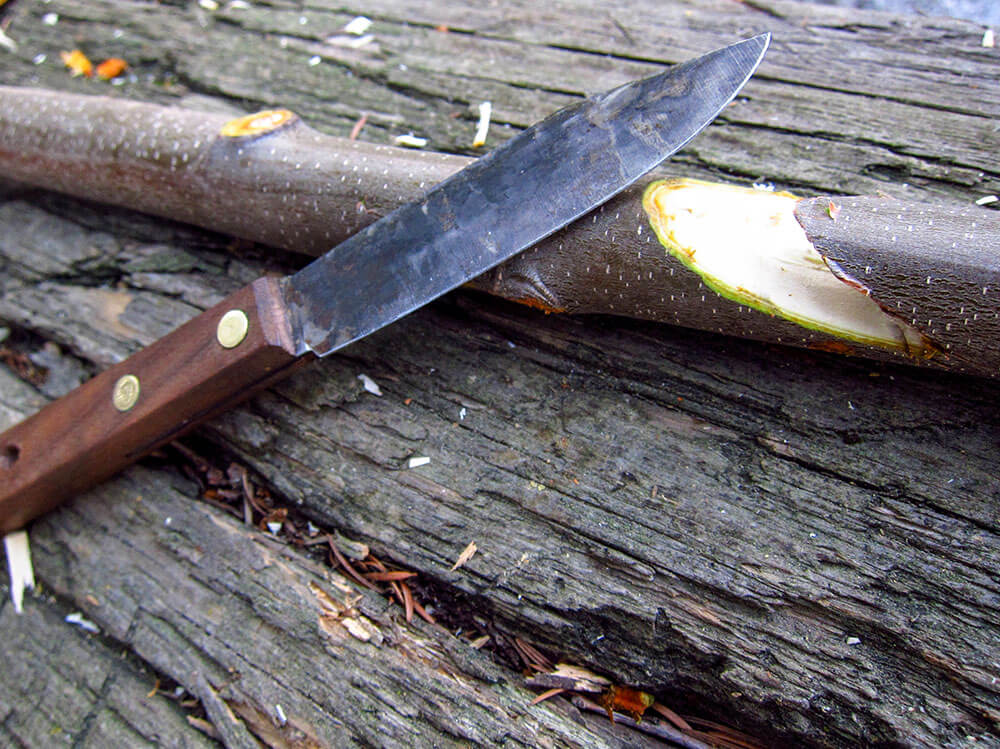
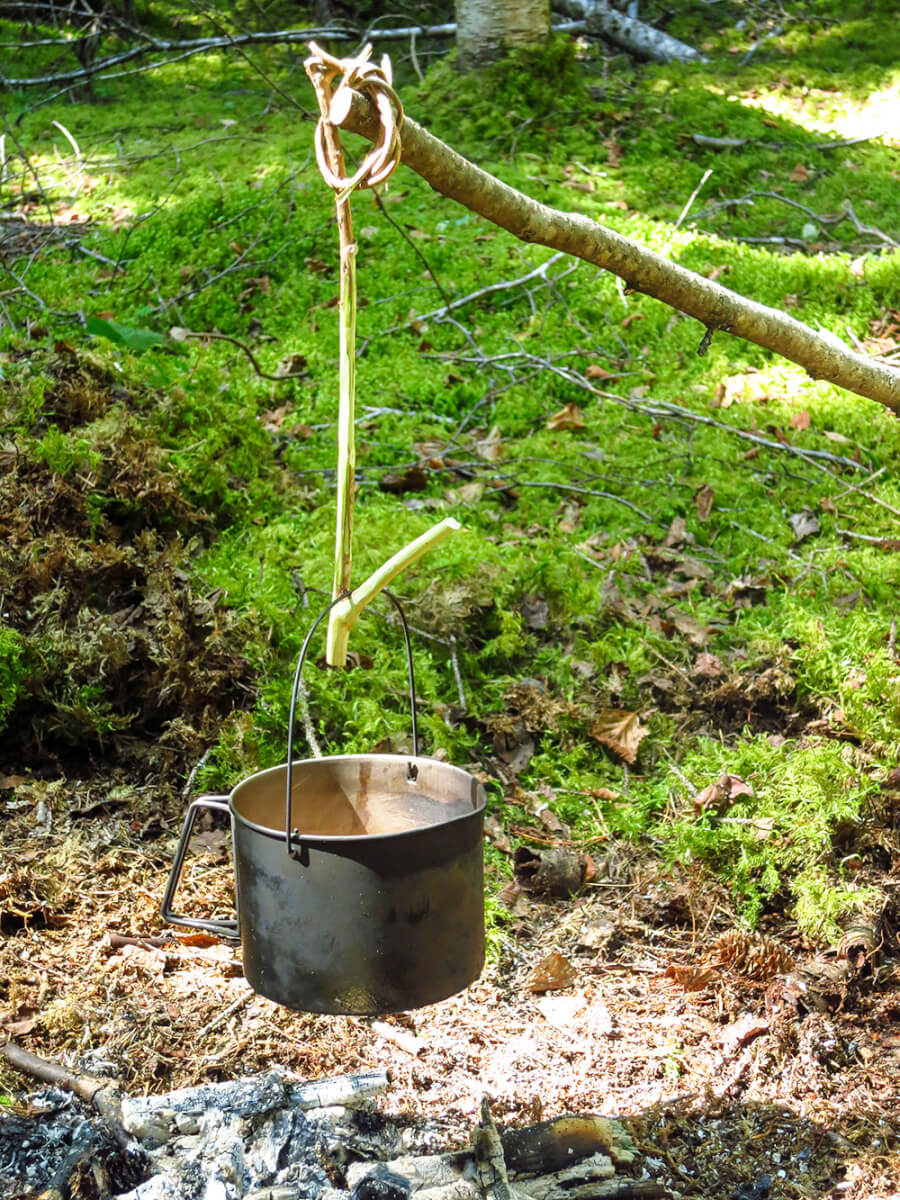
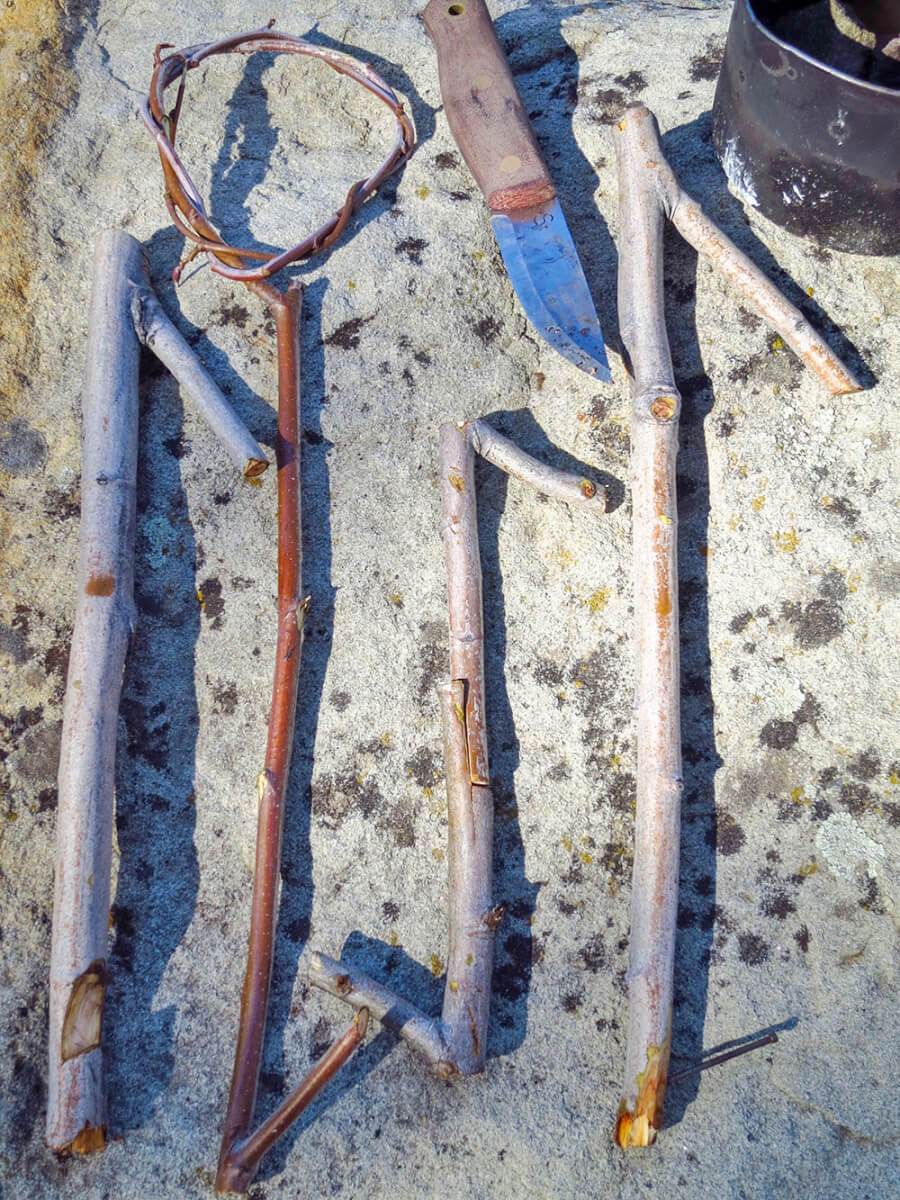
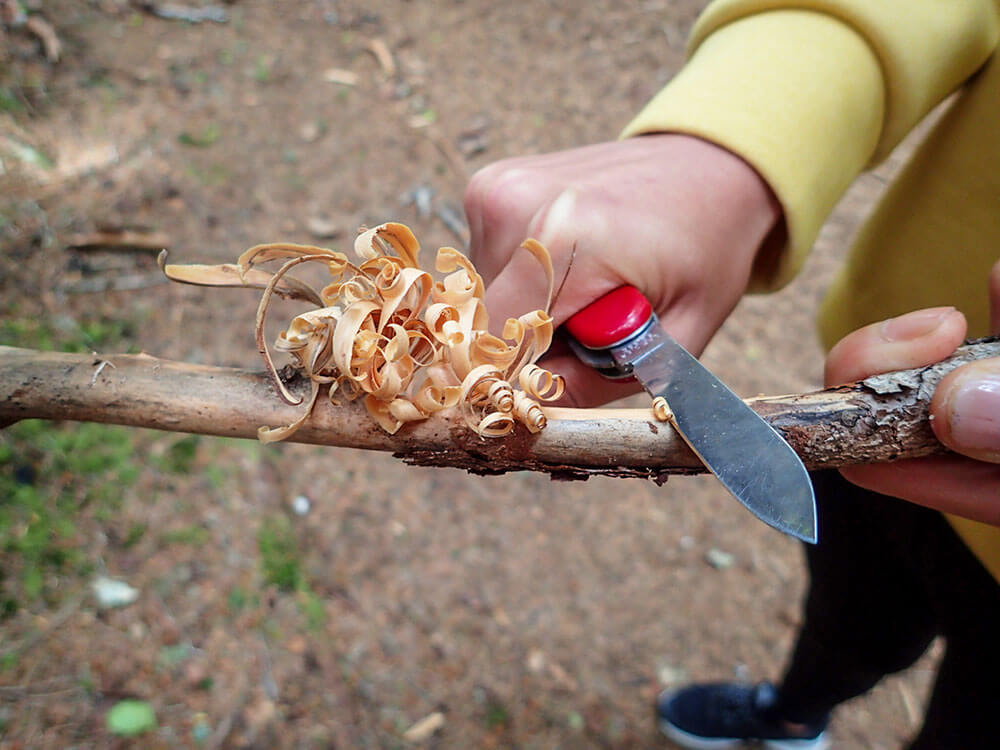
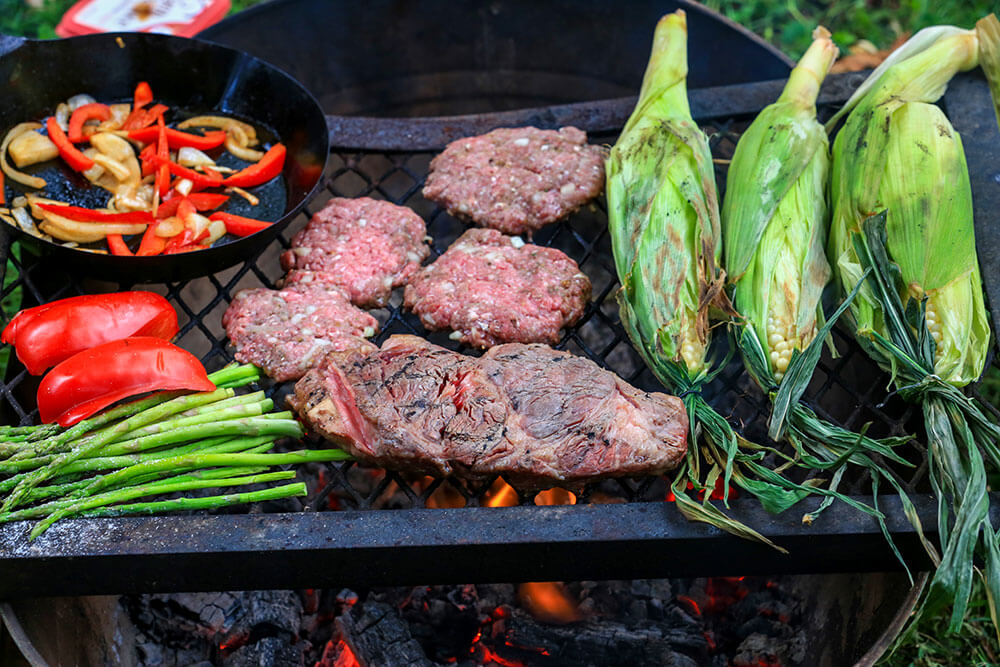
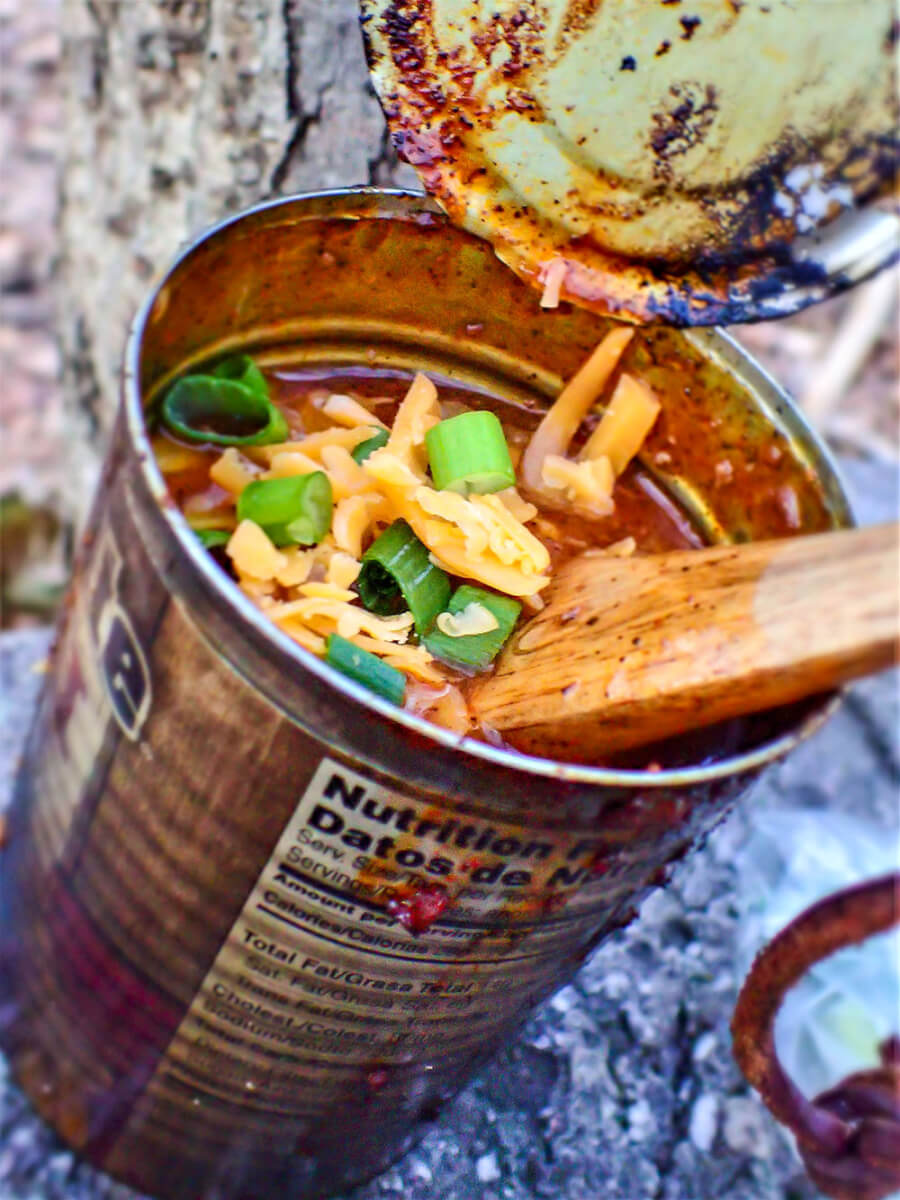
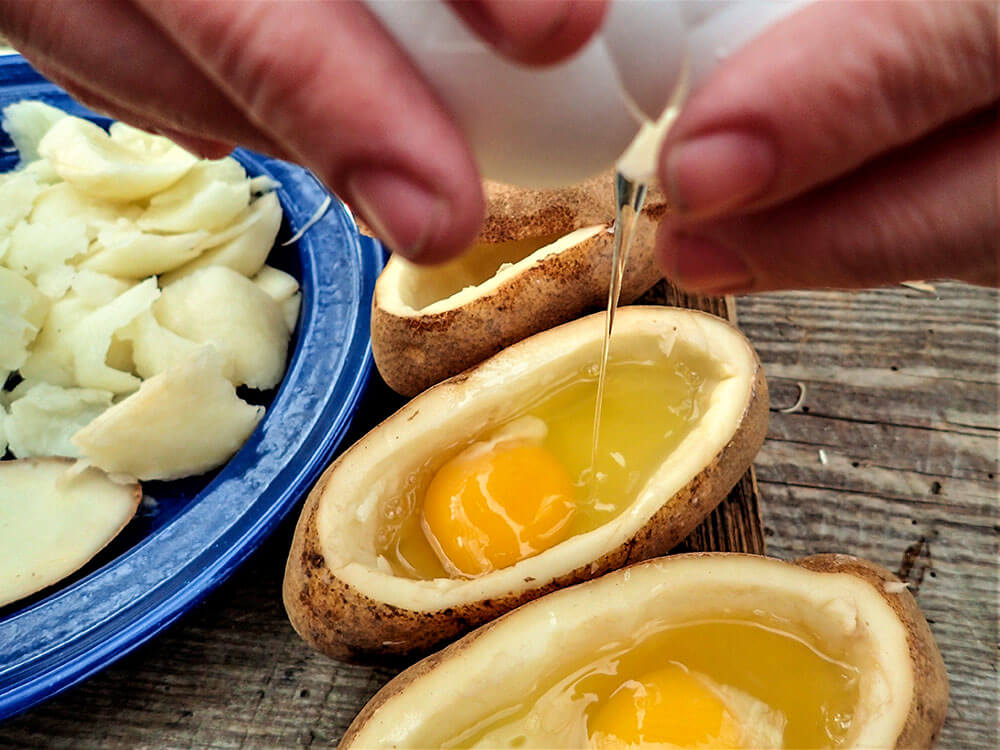
FAMILY CAMP FORAGING
Foraging for food is something best left to the experts. However, two easy things to forage during a family woods outing are both safe and easy to find: pine needles and blackberries.
Pine needle tea is not only full a vitamin C, but it warms us in the cold. Typically made with pine needles, the tea can also be made with spruce and hemlock, which are all evergreens. Hemlock is a big tree not to be mixed up with poison hemlock, which is a shrub. Spruce may be less likely to find, whereas pine and hemlock blanket most of North America. Spruce and hemlock are common in the northern forests. Simply pluck the greenest needles, and boil in a metal container until the needles turn a yellow/brownish color. Scoop them out and enjoy. Pro tip: Add some honey.
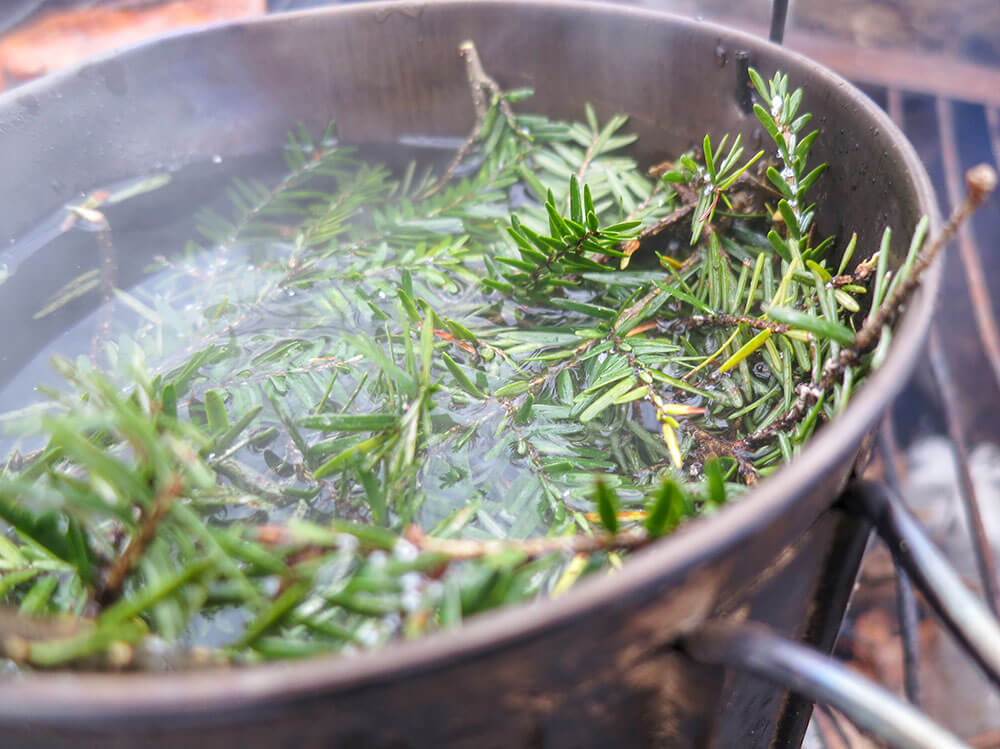
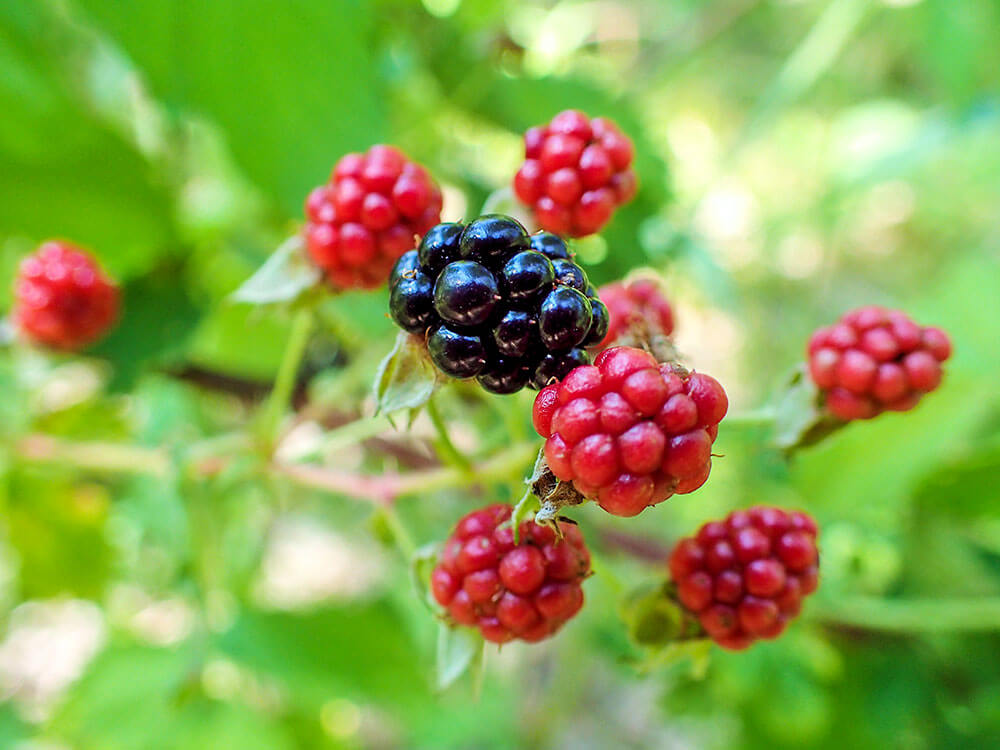
Blackberries are easy and safe to identify. Most weedy, thorny entanglements near drainage areas and trail sides are blackberries. They’re red at first, then become darker near harvest time. If you are up in the northern forests, look for yellowish-orange bumpy-looking berries in the same type of areas as blackberries; when ripe, they’ll turn bright red. These are salmon berries, my personal favorite. Yet another simple and free activity, offering another dimension to family camp life.
DIG INTO FAMILY CAMPING WITH A FOLDING SHOVEL
Shovels have made it possible to build foundations, irrigation systems, and sewage troughs throughout most of the history of mankind. They allowed “ancient man” to go from mud-hut villages to planned cities. Right up to the second industrial revolution, shovels were the standard for excavation. Shovels used to be the only tool for serious excavation.
In a family camp scenario, a folding shovel, often called an entrenching tool, can be a sure way to smooth it rather than rough it. Often, the head can flip 90 degrees into a gardening hoe. If you need to shovel hot coals, rearrange burning logs in a fire, dig a trench around the tent to help prevent water entering, or clean out the fire pit before leaving—no other tool tackles these tasks better than a camp shovel.
Additionally, it can dig a fire pit, solar still, pick out roots, and cut small branches to clear your campsite. During the winter, keep the shovel in your trunk to clear snow, mud, and ice in an emergency. The versatility alone is a good reason to consider it on your next family vacation.


